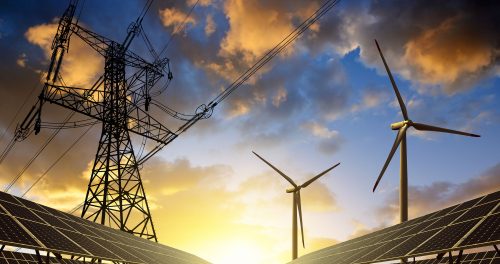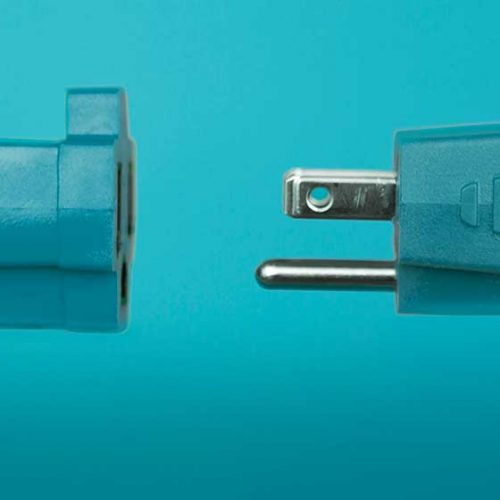
Electricity

A Brand New RMI Outlet!
RMI Outlet is not only a blog, but a gathering place for a community of people like you who are passionate about changing the energy future of this nation; a vehicle for RMI to share information about our work and energy issues; and most importantly, a platform for engaging in thoughtful and serious dialogue.

No Shock to the System!
a" target="_blank">Shock to the System." Germany's policy provides a stable framework for a rational transformation of the energy system. The German nuclear industry does not struggle with a change in government policy. There was no such change, at least not one of any momentum. The German federal and state governments have been supporting research, development, demonstration and deployment of renewable energy technologies since the oil crises in the 1970's. A majority of public and elite opinion has been against further investment in nuclear power since Chernobyl in 1986. The much-copied and highly effective Power Feed-In Law (Stromeinspeisegesetz) is in force since 1 January 1991, aiding the build-up of the renewable energy industry. This law was upgraded to the Renewable Energy Law (Erneuerbare-Energien-Gesetz) on 1 April 2000. Around that time, the German federal government and the large electric utilities operating nuclear power plants in Germany negotiated and agreed a nuclear phase-out. This gave each plant a residual amount of power it could generate before it had to shut. The negotiated phase-out and the Renewable Energy Law provided a stable framework for an energy transition our of nuclear by circa 2022, depending on when the residual power output would have been produced. The policy triggered investment not only in renewable energy but also in energy savings and highly efficient combined-heat-and-power plants. After an economically and electorally ill-advised law of September 2010 extending the remaining running time of existing nuclear power plants, the -- hopefully final -- decision of July 2011 to switch them off by the end of 2021 at the latest, brings the German federal government's policy right back onto the long-established policy vector and in tune again with popular and elite opinion. The story underlines the importance of policy continuity in Germany, where ruling coalitions are formed in the political center, and the checks and balances of a federal system guards against the effects of erratic politics, such as the short-lived 2010 law allowing old nuclear plants to keep running. There was thus no shock to the system. E.on employs only about 2,300 in its nuclear division. Blaming 11,000 redundancies on a change in government policy that was no change is a blatant piece of disinformation, which any good journalist would have spotted. For more on this see my "The Nuclear Power Endgame in Germany" or at http://ecologic.eu/4140 R. Andreas Kraemer is the Director and CEO of the Ecologic Institute Berlin and the Chairman of the Ecologic Institute Washington, D.C.

What’s Lighting Up the Web: EV Infrastructure
Have you seen an electric car recently? Chances are you haven’t. But you may have seen a charging station. Recently, electric cars have garnered a great deal of media attention. The first mass-market electric cars, the Nissan Leaf and Chevy Volt, are currently launching in select markets and will be available nationally by late 2012. As a result, many U.S. cities are installing charging stations—some with aggressive deployment goals. Oftentimes cities are installing stations well before the cars are to arrive.

Inside American Renewable Energy Day
Did you ever think you would find T. Boone Pickens, Chevy Chase and Ted Turner in the same room? The 8th Annual American Renewable Energy Day (AREDAY) brought a diverse group to Aspen last week for a cross-sector dialogue on renewable energy and clean technology. On Saturday morning, a keynote speech by Amory Lovins gave the audience a sneak peek at Reinventing Fire, due late October.

In Case You Missed It
As late summer heat waves in Texas and other states put enormous strain on the grid, there has been a spike in coverage on the smart grid and demand response as key enablers of a more clean, reliable and flexible electric system. Take a look at this week's news roundup to read about different strategies to keep the lights on while transitioning to renewable sources.